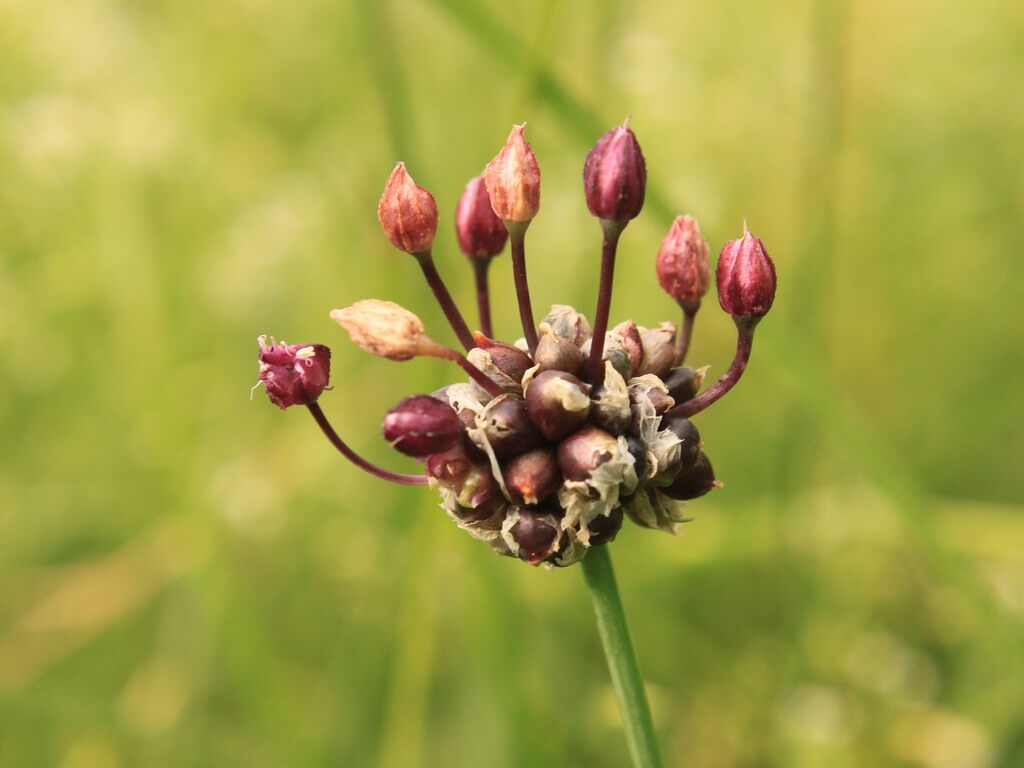Agriculture Victoria (2020). Wild garlic (Allium vineale). Victoria State Government. Available at: Wild garlic (Allium vineale) (Nox) | VRO | Agriculture Victoria
APC (2021). Australian Plant Census. Council of Heads of Australasian Herbaria (CHAH). Available at: Vascular Plants APNI (biodiversity.org.au)
AVH (2021). The Australasian Virtual Herbarium. Council of Heads of Australasian Herbaria (CHAH). Available at: Home - AVH (chah.org.au)
eFloraSA (2021). Electronic Flora of South Australia. State Herbarium of South Australia: Adelaide. Available at: Fact sheet for Allium vineale (flora.sa.gov.au)
Government of South Australia (2015). Declared Plant Policy, Field Garlic (Allium vineale). South Australia. Available at: Proclaimed Plant Policy (pir.sa.gov.au) [pdf link]
Invasive Species Unit, Biosecurity SA (2018). Weed control handbook for declared plants in South Australia, July 2018 edition. PIRSA, South Australian Government 2018. Available at: WEB_8867_PIRSA_Weed_Control_Handbook_2018.pdf [pdf link]
Parsons & Cuthbertson (2001). Noxious Weeds of Australia. CSIRO Publishing, Collingwood, Victoria.
PlantNET (2021). The NSW Plant Information Network System. Royal Botanic Gardens and Domain Trust, Sydney. Available at: PlantNET - FloraOnline (nsw.gov.au)
Queensland Government (2016). Allium vineale. Weeds of Australia, Biosecurity Queensland Edition. Department of Employment, Economic Development and Innovation (DEEDI). Available at: Allium vineale (lucidcentral.org)
VicFlora (2016). Flora of Victoria, Royal Botanic Gardens Victoria. Available at: VicFlora: Allium vineale (rbg.vic.gov.au)
Western Australian Herbarium (1998-). FloraBase - The Western Australian Flora. Department of Environment and Conservation. Available at: Taxon Profile of Allium vineale L. | Florabase (dbca.wa.gov.au)































